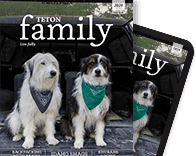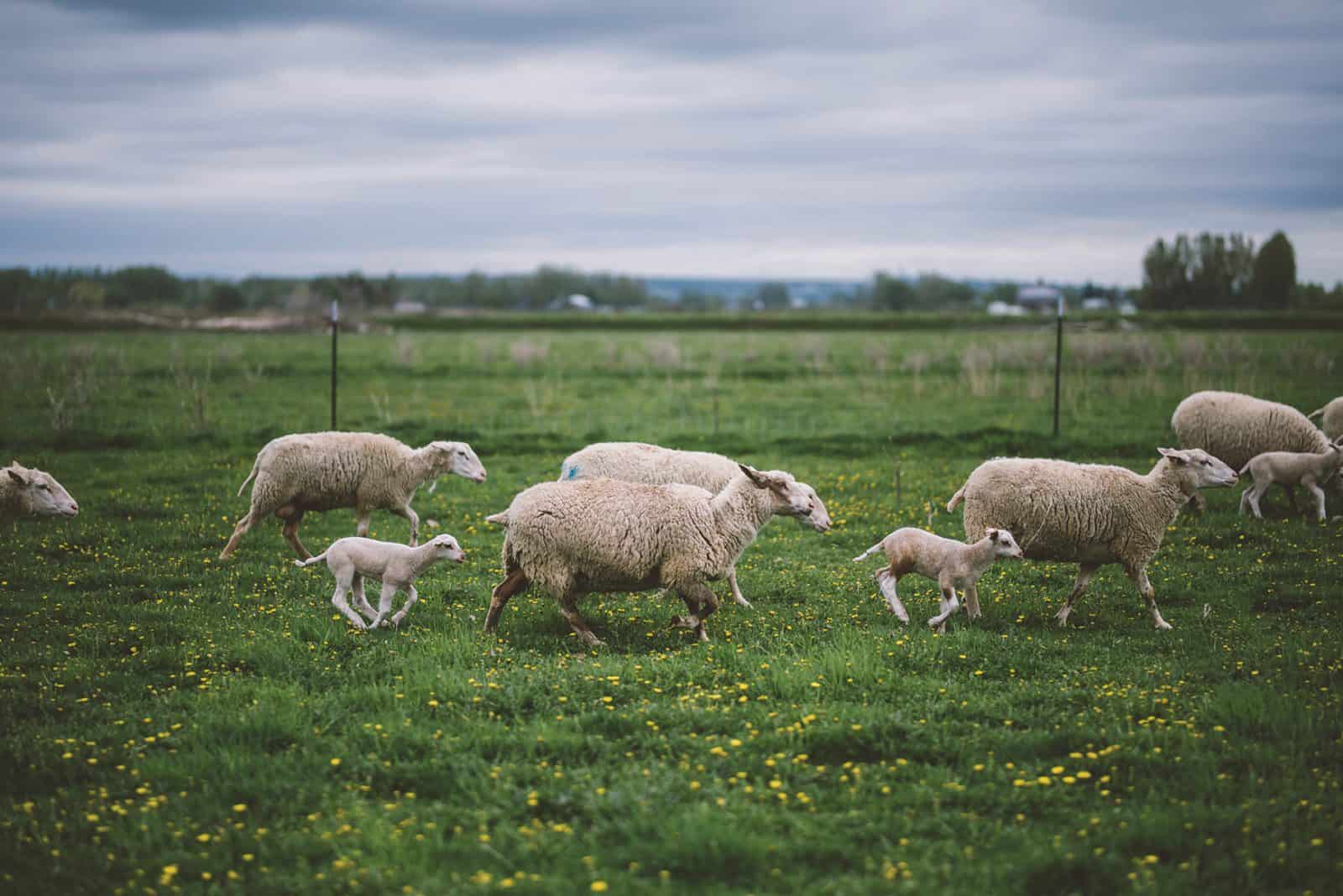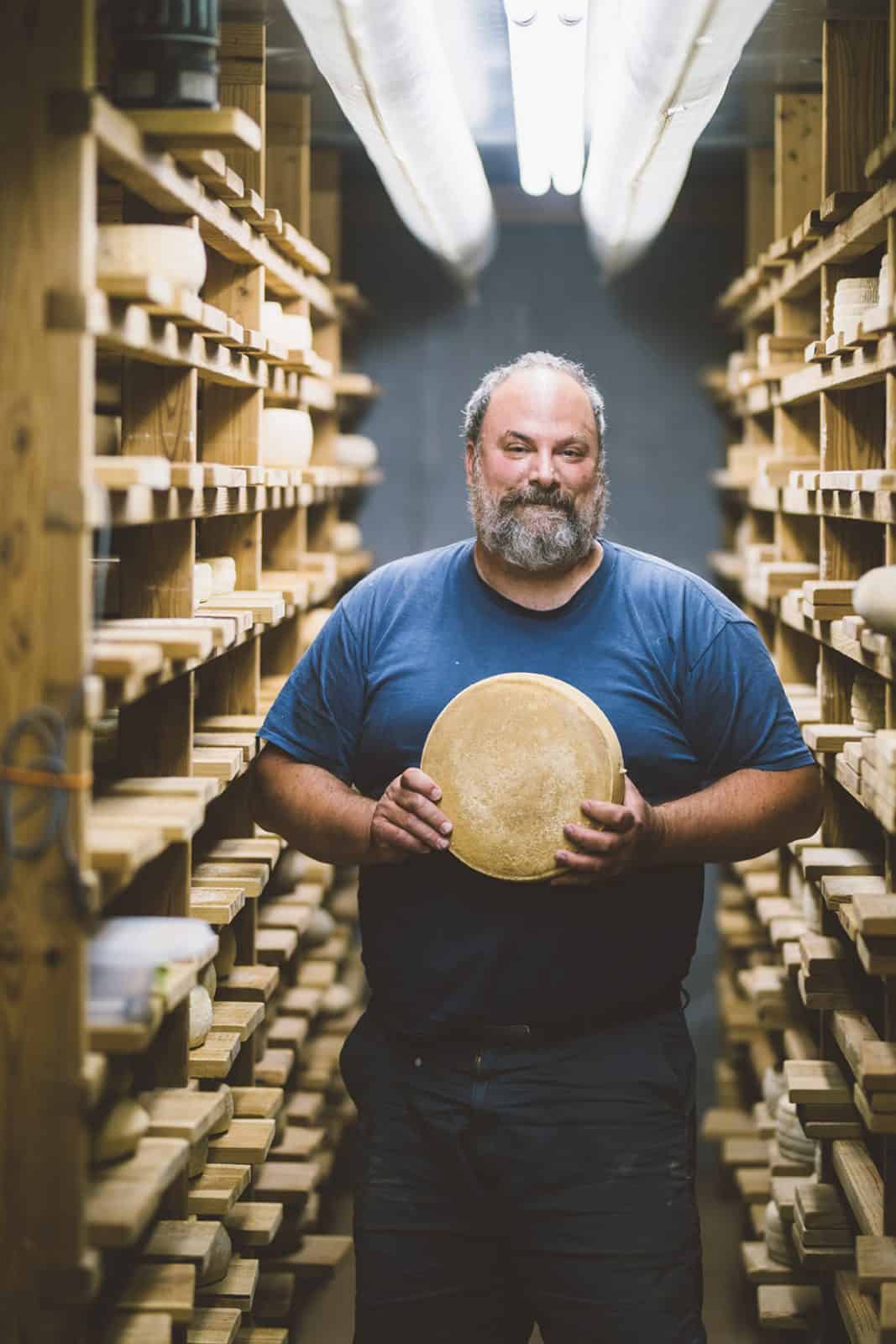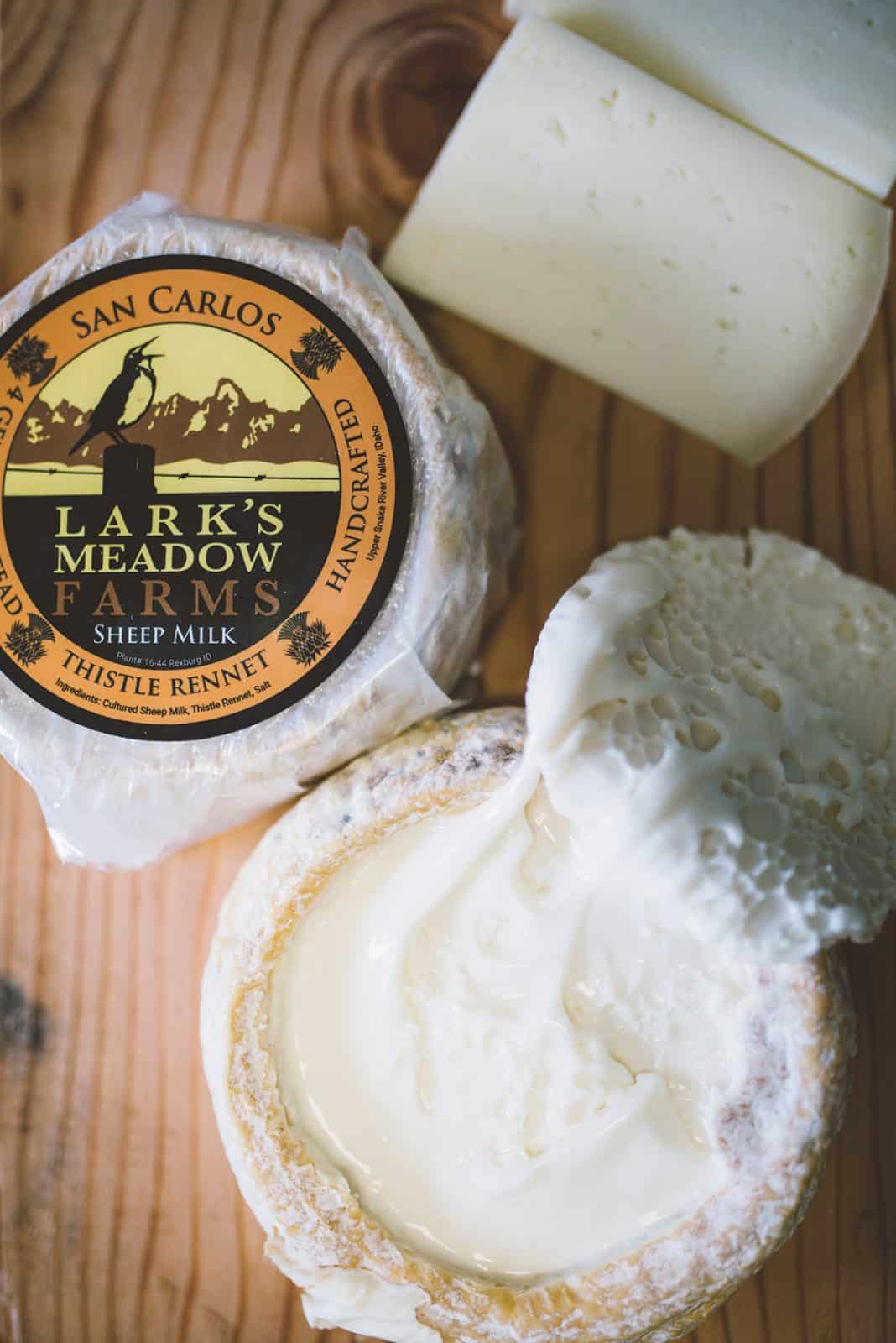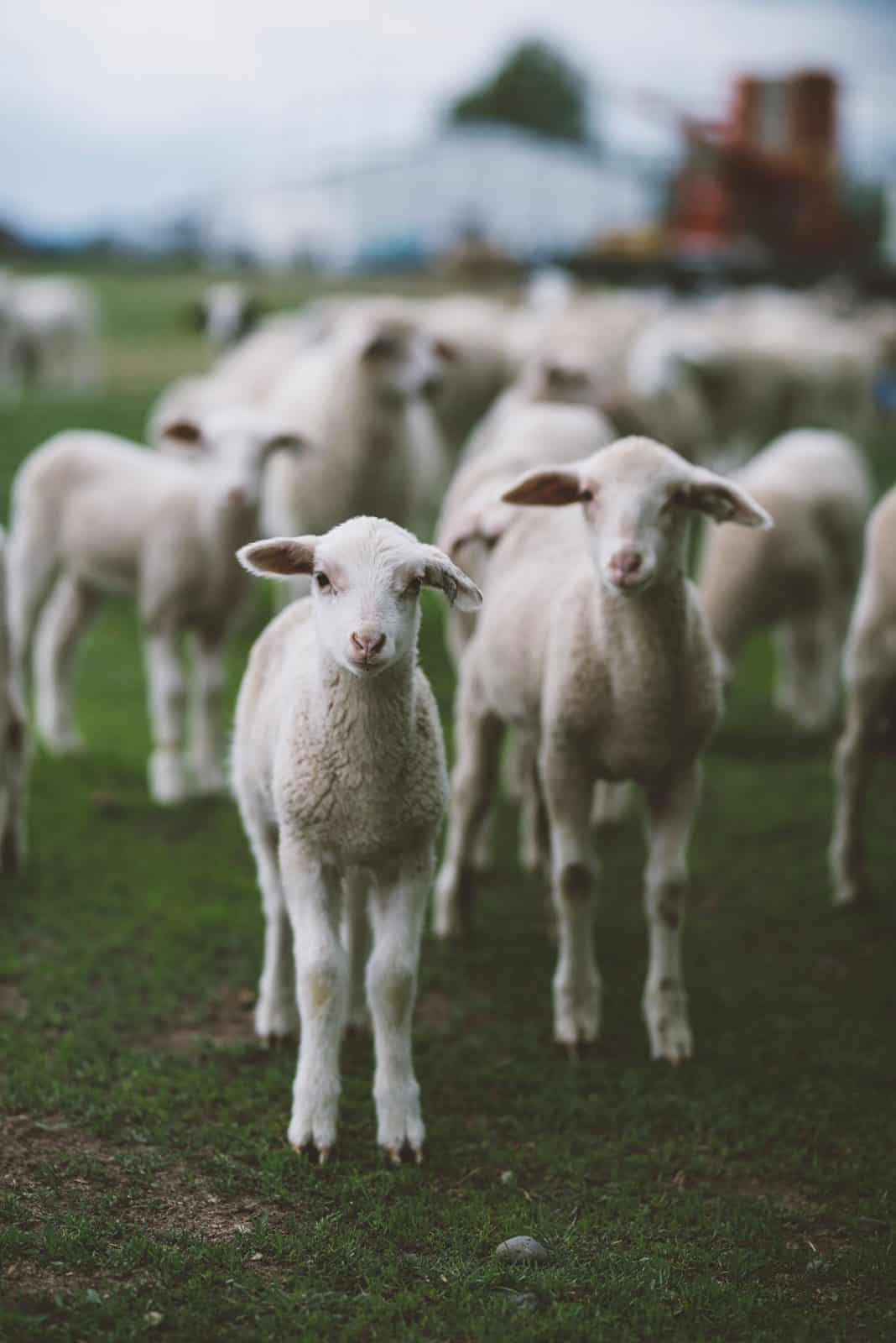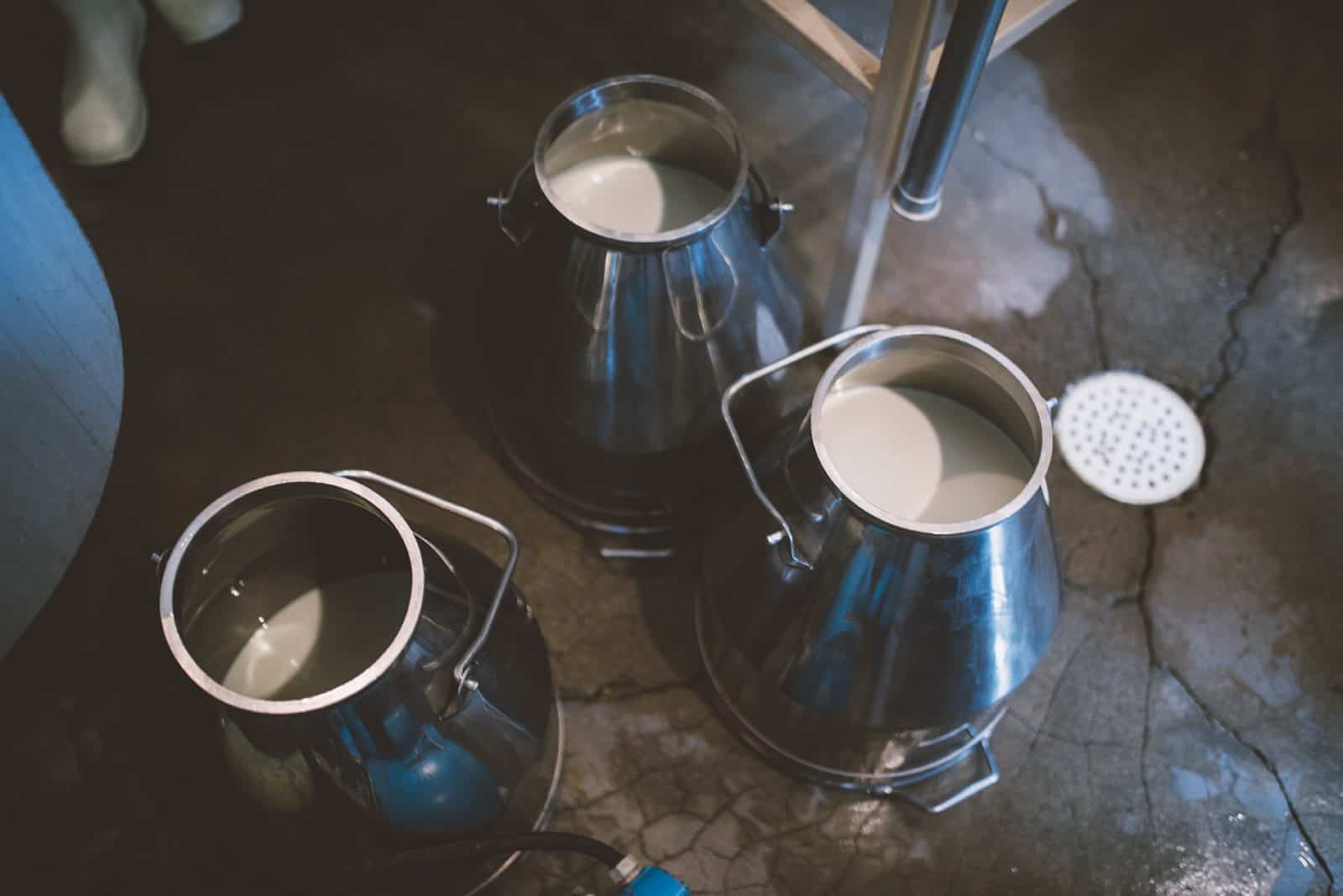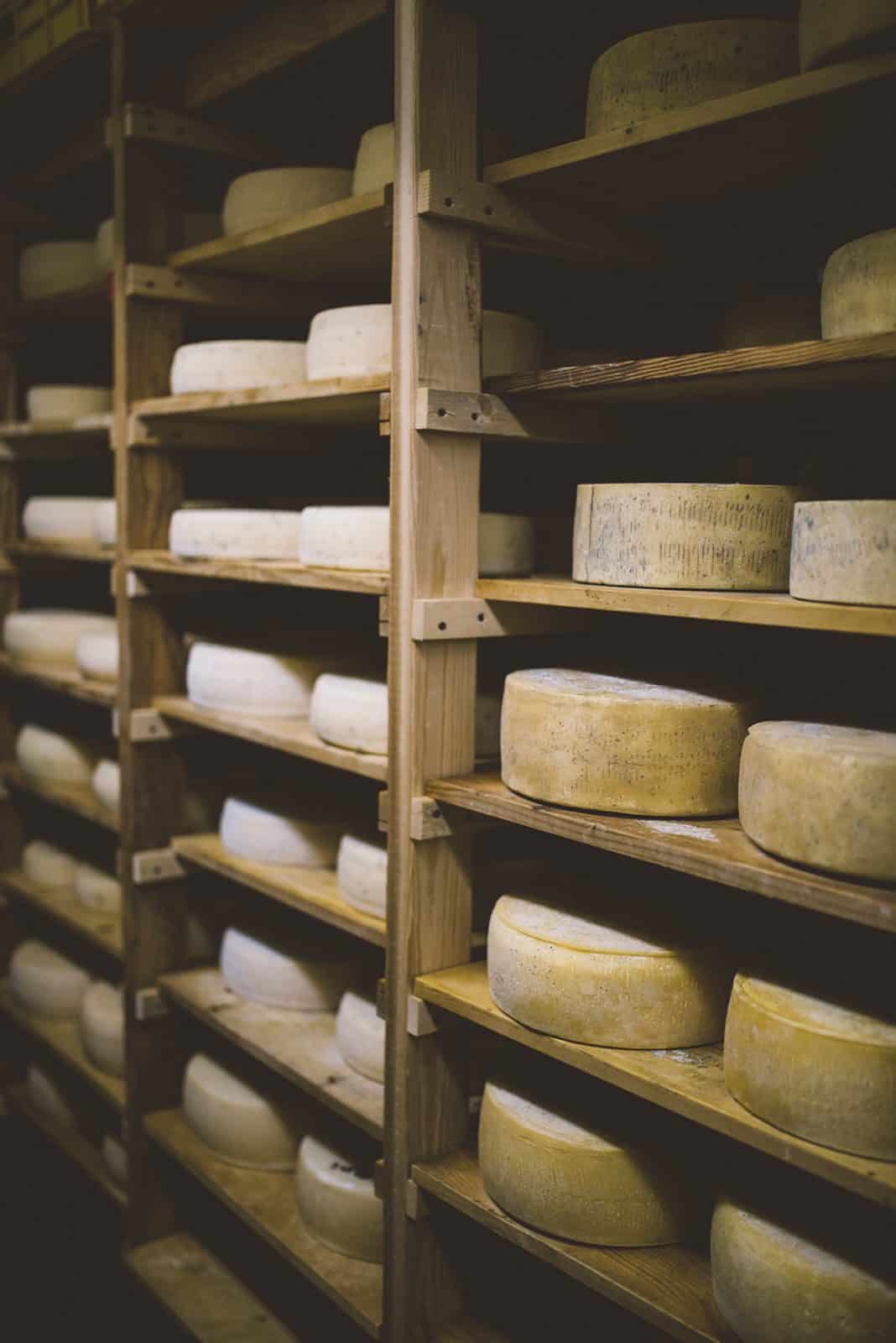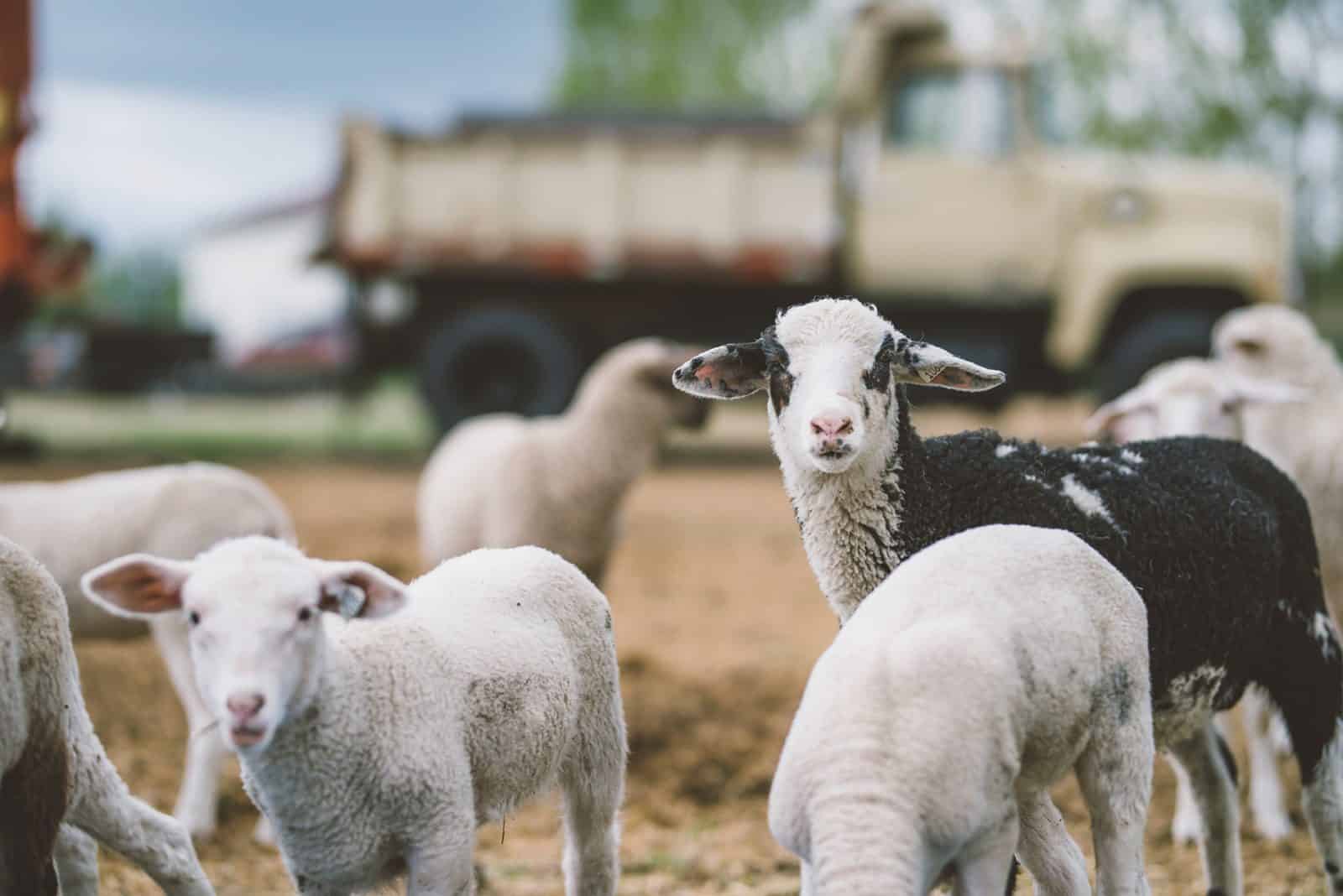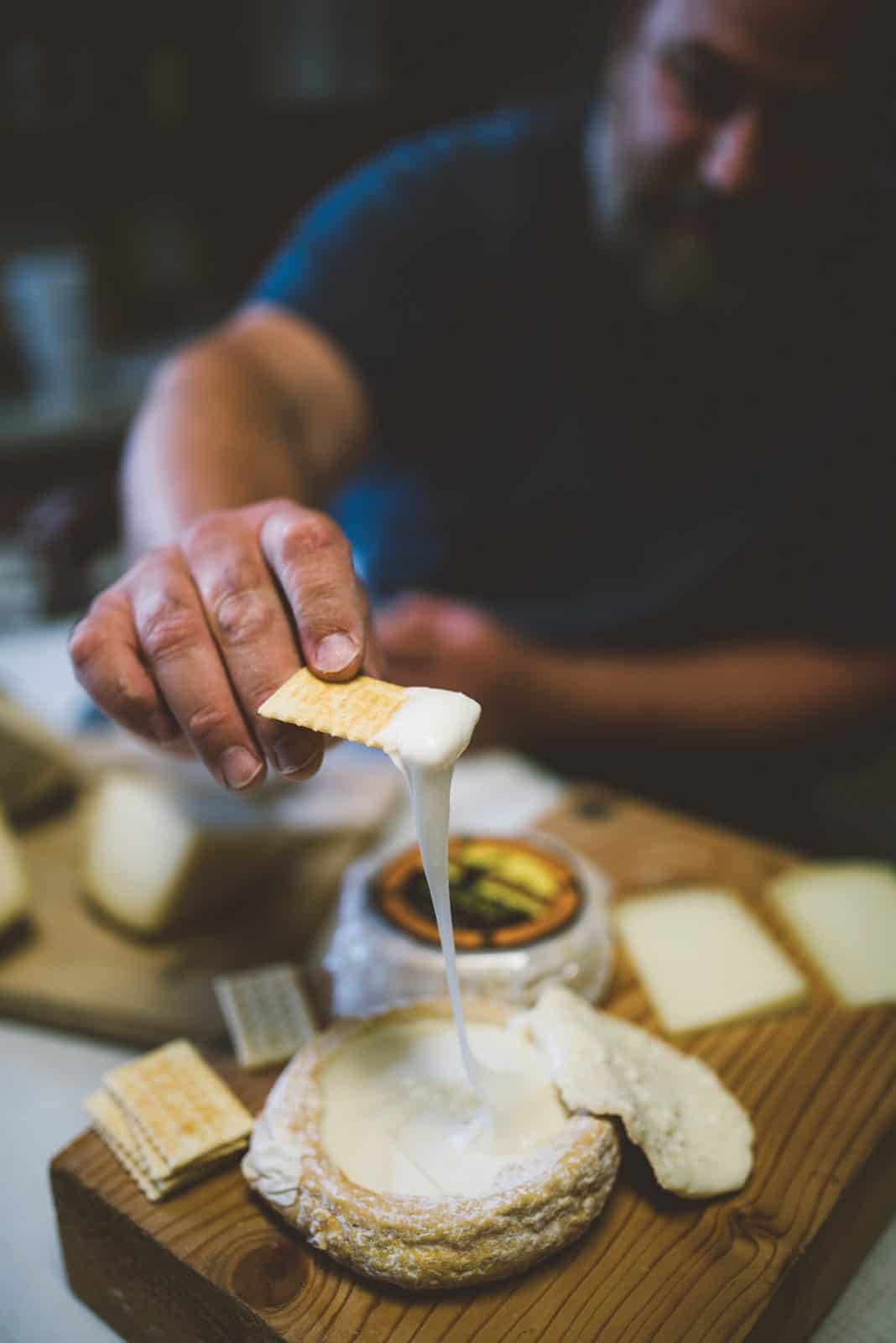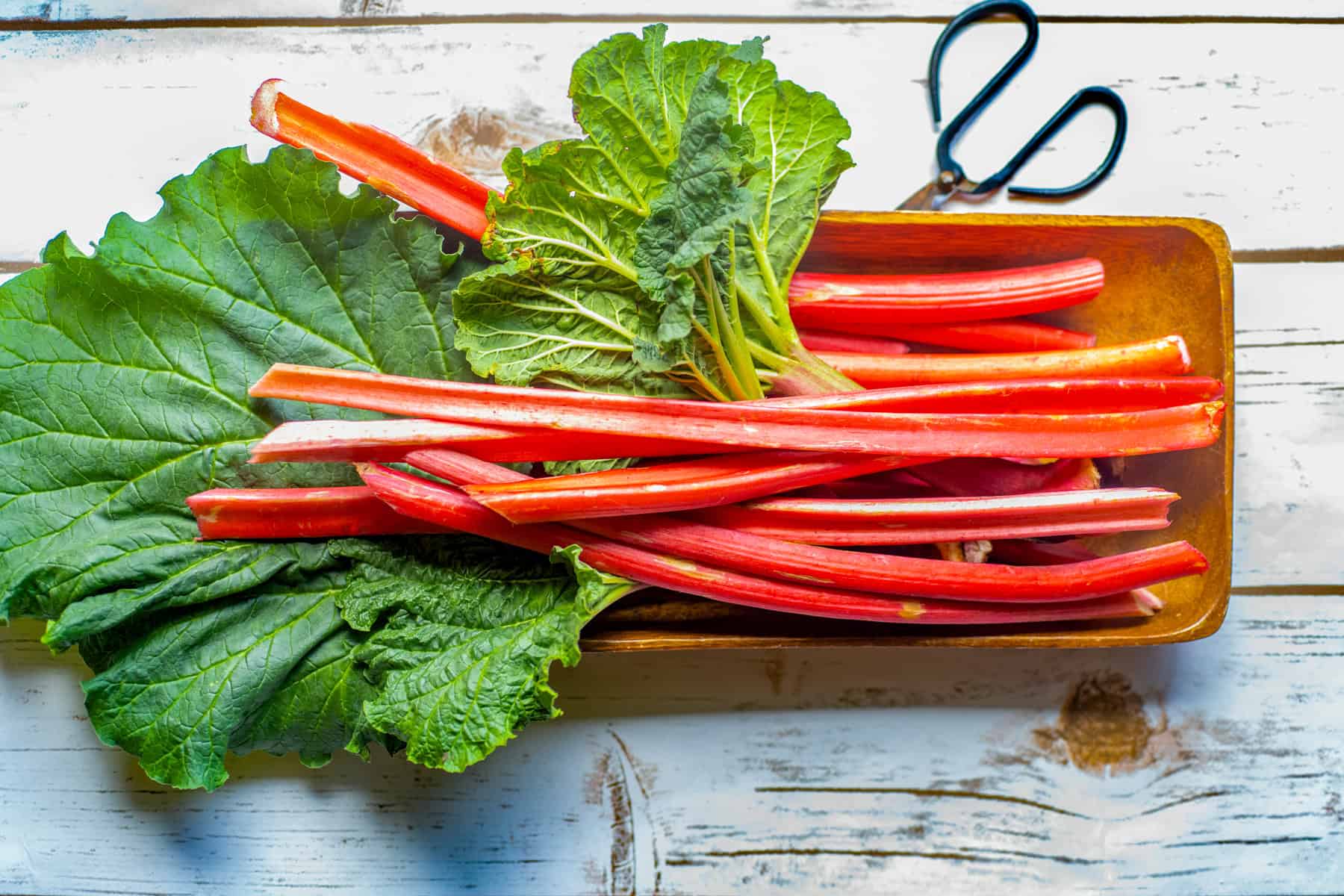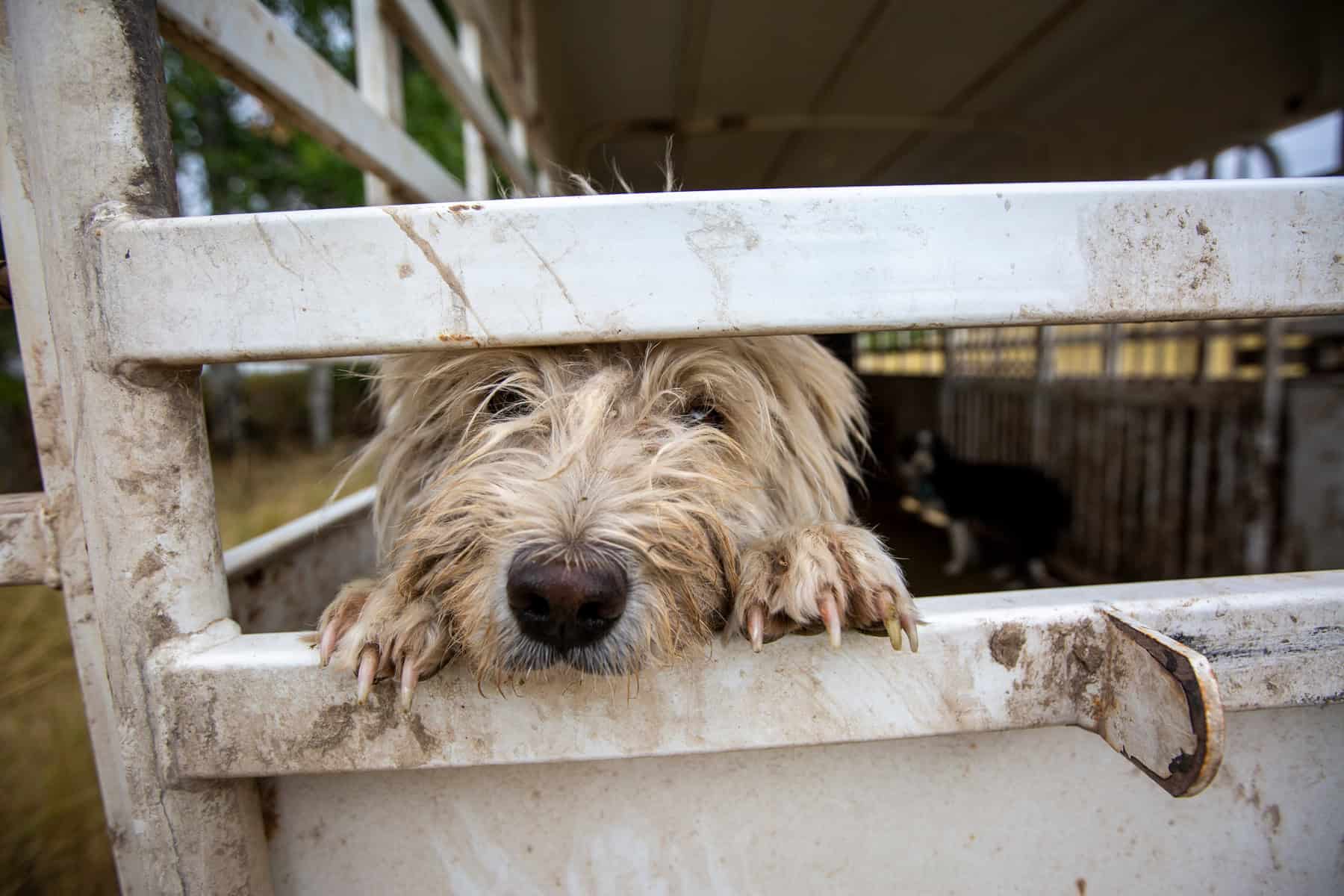By Christina Shepherd McGuire // Photography by Camrin Dengel
—
There are a few things you should know before visiting a fromager, or cheesemaker.
- Don’t expect to get in and get out. The art of cheesemaking takes time, and the conversation that blossoms around waiting for cheese to come to room temperature is worth it.
- Pack an extra pair of shoes. You can’t wear the same shoes to both tour the farm and visit the cheese room (impeccable hygiene is crucial).
- Don’t comb your hair. The humidity in the ripening cellar will only make it frizzy.
- Arrive on an empty stomach. Cheesemakers take pride in their hospitality, which includes sampling each variety and going home full.
I learned all this when photographer Camrin Dengel and I embarked on a Friday morning outing to Lark’s Meadow Farms—a sheep dairy farm and fromagerie near Rexburg, Idaho. You see, I reserve my Friday mornings for anything that revolves around local food. This includes chatting up farmers at the Driggs Farmers Market, harvesting nettles, dandelion, and other woodland delicacies via mountain bike (my friends all make fun of me), or meeting my local rancher to grab our monthly stock of meat.
On this special day, however, I was excited to visit Kendall Russell, Head Cheese at Lark’s Meadow Farms, and check out his operation, after years of purchasing his artisanal cheese at the market.
For the Love of Cheese
Russell, a former dentist, microbiologist, and army brat from Virginia, almost bought a boat and sailed around the world. But a clandestine stint on eHarmony put a halt to that daydream when he met his wife and farm co-founder Rachael. A long-distance relationship segued into marriage—one that included both a love affair and a fondness for cheese.
Soon after their marriage, a friend bought Russell a cheesemaking kit as a gag gift (long story short) and he experimented. “At first, the cheese was horrible,” he admits, “but I kept going with it and got better and better.”
Around this same time, his new wife’s parents bought a farm in the Rexburg area, where Russell attended his first two years of college at what was then Ricks College (now BYU Idaho).
“They called me up and asked if we’d move back [from Virginia] and run the farm,” he says, noting his father-in-law’s desire to own a working farm rather than a hobby farm. Without hesitation, Russell asked if he could raise sheep and make sheep’s milk cheese, to which his father-in-law replied, “You can make cheese from sheep?”
So they bought a flock of sheep from Wisconsin and raised them for milk and meat while also growing barley and wheat to supplement their cash flow. The farm went under in 2012 and Kendall and Rachael moved off the land.
But that didn’t last long.
With a skeleton of a farm sitting unused, the couple decided in 2014 to rent back the land, buy a flock of 24 sheep of their own, and start all over. Today—thanks to sophisticated taste buds in Jackson Hole and Teton Valley, regional farmers markets, and local specialty grocers—the Russells have advanced their business to its prime. And their cheese, quite frankly, just keeps getting better and better.
A Dying Breed
One of the major constraints of a profitable sheep dairy business is the low milk production of domestically raised breeds. Russell explains that the animal’s low efficiency makes it really hard to turn a profit. Add to that the demands of running a dairy operation in general—he milks twice a day, at 5:00 a.m. and 3:00 p.m. February through August, his work is round-the-clock, he can’t leave, he’s tied to both the land and the animals—and it’s a wonder farmstead cheese even exists at market.
But let’s talk cows for a second.
Many cow breeds produce quality milk in high volume. According to the American Milksheep Association, during a cow’s lactation period of 305 days, she produces roughly 8 gallons of milk a day (for a high-producing Holstein). Conversely, a ewe’s lactation period lasts only 180 days, in which she produces roughly half a gallon of milk a day. To make up for this inefficiency, sheep farmers must milk hundreds of sheep a day to produce enough milk for a marketable supply.
Right now, Russell has 200 sheep on his farm and milks 96 of them. By next year he plans to milk 144, and the following year he’s aiming for 216. He does not keep his sheep indoors or give them high-energy feed to up their milk production. Instead, they graze seasonally on fifteen different grasses, enhancing the flavor of his pasture-raised cheese, while giving his lamb meat a taste that’s far from gamey.
Despite Russell’s commitment, unless North American farmers make a concerted effort to develop a robust sheep breed with an efficient milk yield, the domestic sheep dairy industry is a goner. US sheep dairies compete with approximately 100 thousand tons of imported European sheep cheese annually. These subsidized European dairies infiltrate the market with benchmark varieties like Manchego, a cheese Russell says “just sucks.”
But he’s destined to keep the dream alive. Last year for the first time, Lark’s Meadow Farms used sheep semen—shipped directly from the Roquefort region of France—to artificially inseminate their ewes, creating a specialized milk product of their own. Breeding sheep whose milk contains a high percentage of milk solids adds to the flavor of Russell’s cheeses, while also allowing him to up production and make a viable living.
And then there are regulations.
Due to the Food Safety Moderation Act, the cheese industry is heavily regulated, making it one of the safest foods in the county. But for small farmers, navigating the regulatory hurdles and stringent demands involves much more than a basic knack for farming. Russell prides his serendipitous background in science for this reason. “You know the saying, ‘There are things we know and things we don’t know, and there are things we don’t know we don’t know,’” he says. “Well, if you don’t know to be safer than you are, you can’t get any better.”
Abiding by the rules doesn’t come without a cost, though—one that’s an added expense to already struggling farms. Take, for instance, Russell’s thistle rennet, a coagulant used in the cheesemaking process that contributes to the flavor profile. Since thistles grow rampant on the outskirts of his farm property (and in Idaho in general), Russell could, theoretically, make his own rennet. But the cost of testing and certifying it would be prohibitive, so instead he imports thistle rennet from Portugal for thousands of dollars a bucket.
The Texture of Relationships
“There’s a cliché in American artisan cheese,” says Russell. “You just take French cheese, and then you model it. But we’re doing our own thing.”
That’s where the feedback from the consumer comes in, helping Russell figure out what type of flavors are going to be the most enjoyable with a meal. When customers sample a new cheese at his market stand, Russell can tell if he’s got a winner or not. “I love the farmers markets,“ he says, “People’s faces just melt when they try our cheese.”
As he peels the top off a round of soft cheese called San Carlos, Russell goes onto admit that he can’t make a living off of farmers markets alone, even though he values his direct relationship with his customers. So his paperwork for Whole Foods is signed and sealed, just waiting for delivery when the national chain is ready to jump.
“Selling to a distributor is like sending your kid off to boarding school,” he admits. But with the help of his intern, Hannah Walker, who’s learning the trade to run her own farm someday, Russell hopes to slowly get bigger without compromising the relationships he has built.
The conversation advanced from distribution and relationships to flavors and textures just in time for us to sample some cheese. The soft San Carlos—the one that Russell had just opened like a package—was creamy and wholesome, with a hint of bitterness from the rennet. It made the perfect specimen for a cool spring day—and one my empty stomach couldn’t get enough of.
As we dove into the other two varieties, it was apparent that Russell would never totally relinquish the act of enjoying his cheese alongside companions (the only thing missing was the wine, actually). We sampled his Dulcenea, a hard, sharp cheese modeled after a variety made in the Pyrenees. To me, it had a lemony aftertaste and felt like the steak to the almost heirloom potato-like San Carlos. Utopia—a semi-firm mild cheese fashioned after a P’tit Basque—was the palate cleanser with a taste all its own. We went back and forth between the bitter, sharp, and mellow flavors in a way that felt like we were sampling a presentation of three entirely different types of food.
Visiting the animals in their space consummated our day at the farm. A crowd of baby lambs surrounded photographer, Camrin Dengel, almost begging to have their picture taken. And they talked to us in a way that seemed almost human. We watched as the flock left the paddocks for pasture. They booked it, actually—running to taste their first nips of fresh spring grass, udders flailing back and forth with each step. I pinched myself, feeling spoiled by the experience of tasting farm-fresh cheese, and also from hanging out with the animals who made it. It reminded me to slow down and savor the quality of such interactions.
It’s the same feeling I’ve witnessed from shoppers when they taste Russell’s cheese at the farmers market. And I know it’s the way Russell feels as he interprets their reactions, simultaneously coming up with some original new concoction in his head. The ewes on the farm that day—patiently tending their lambs while relishing the spring greens—show that what goes into making your food matters. And when a farmer goes big on commitment, it’s our responsibility to support their efforts.
